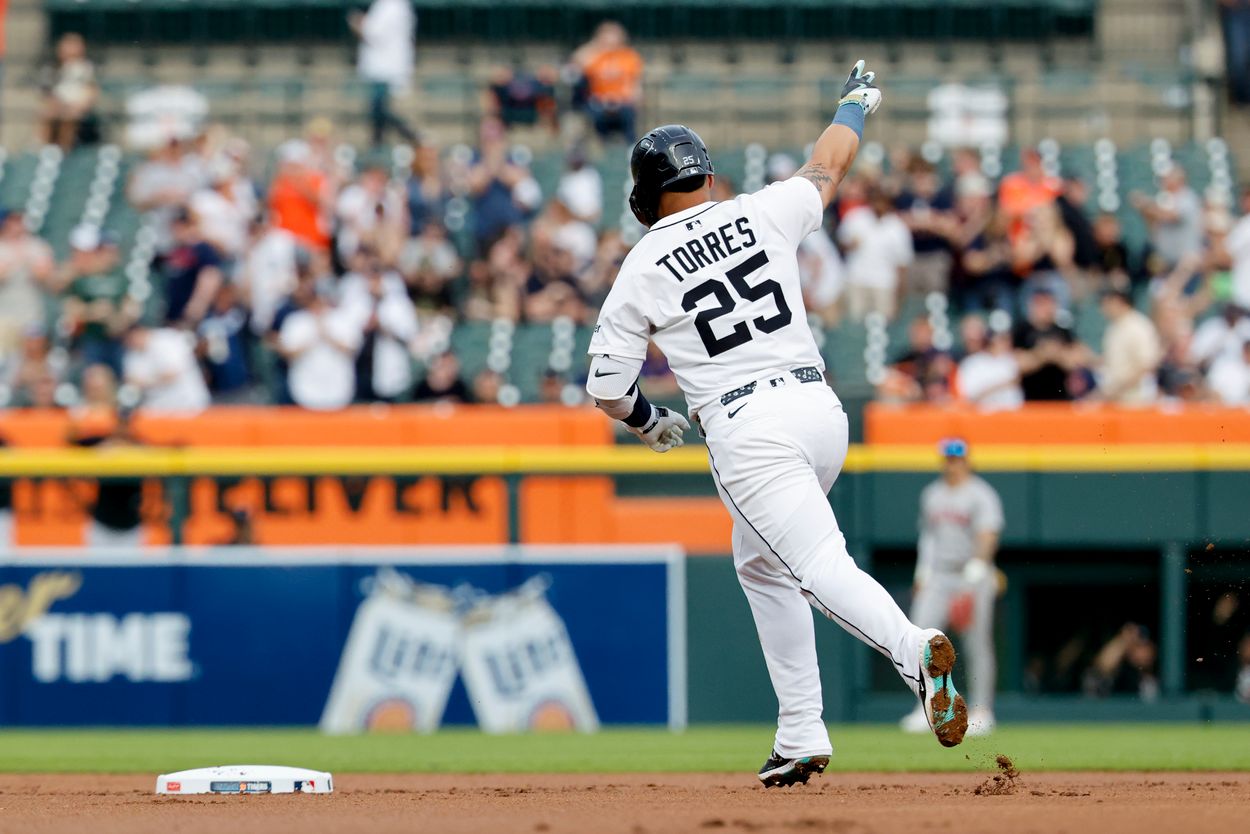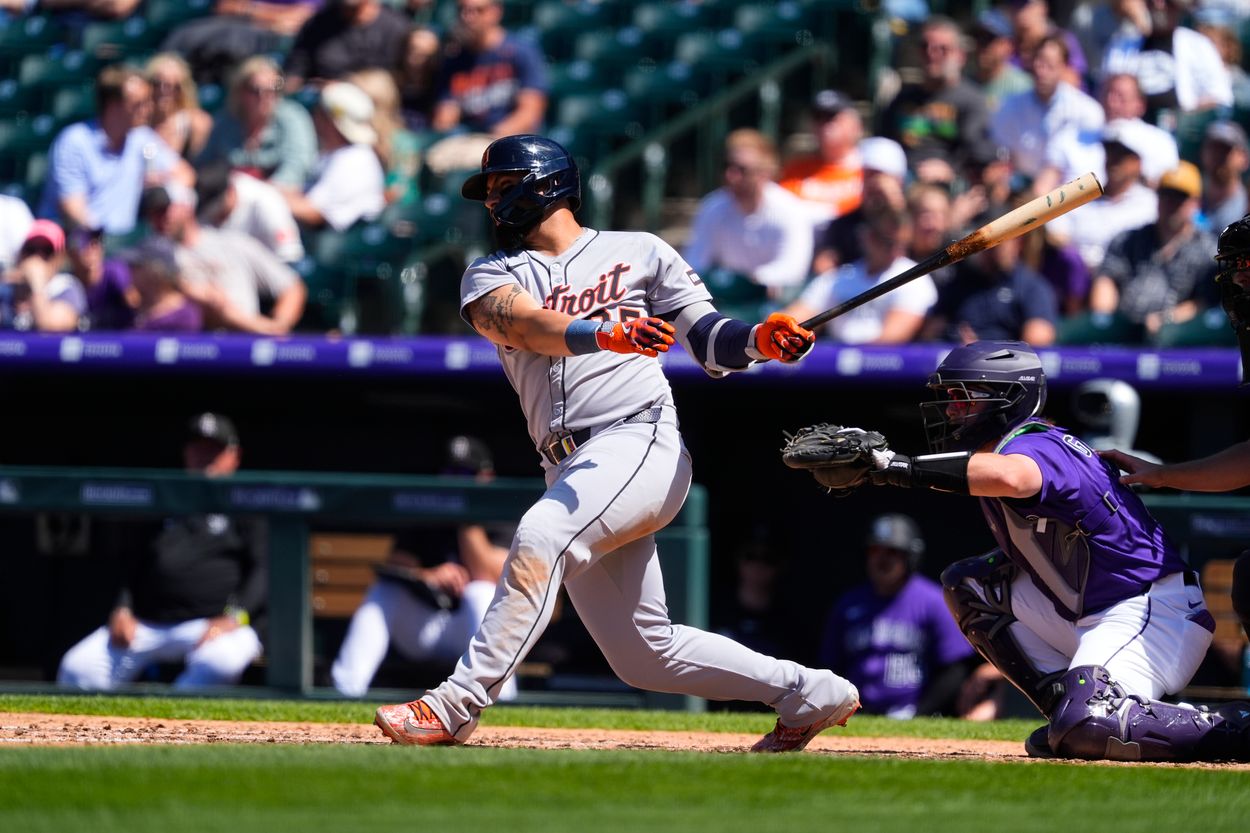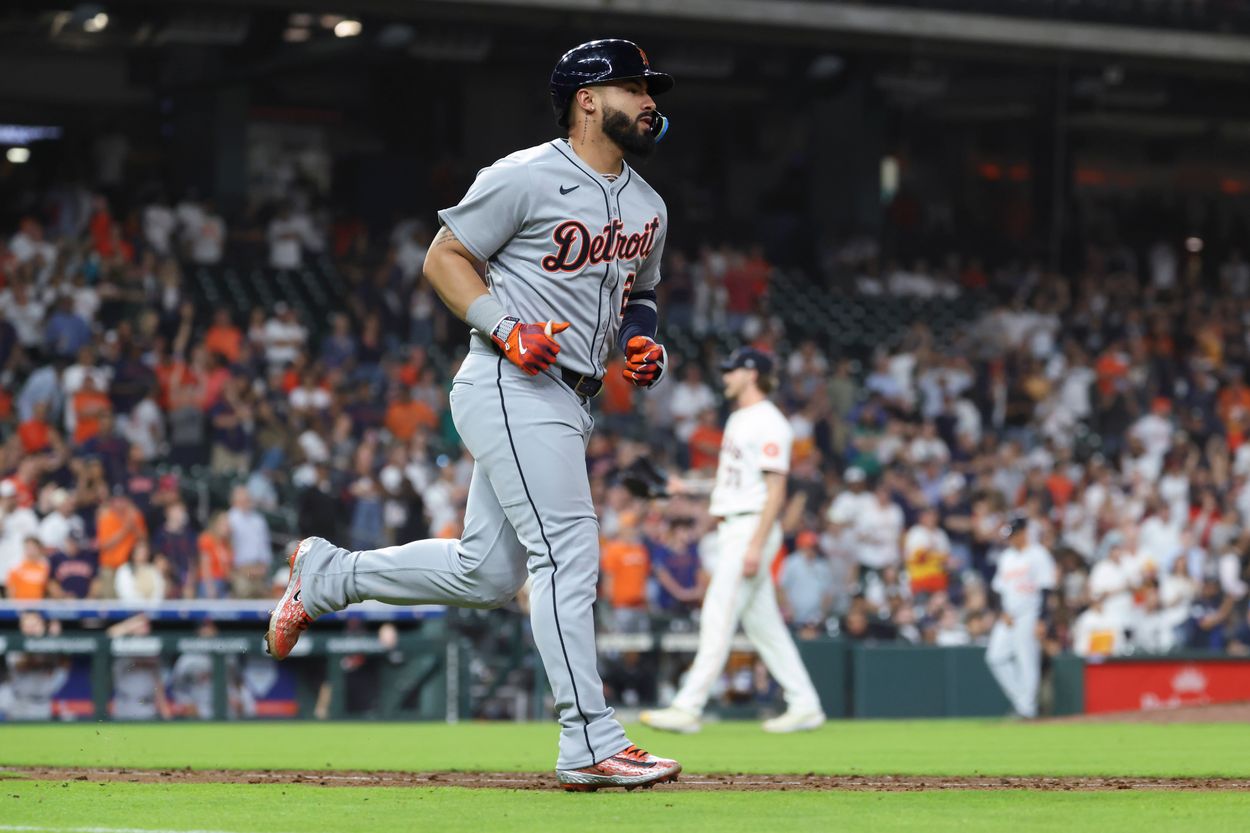
Sometimes, the moves you don’t make end up being the ones that sting the most.
The New York Yankees had their reasons for letting go of a core infield piece this past offseason—but as injuries mount and offense dwindles, the regret might already be creeping in.
They didn’t trade him. They didn’t extend him. They simply let him walk.
And now, he’s thriving somewhere else.

A quiet exit turns into a loud return
Gleyber Torres had been the subject of trade rumors for years.
He stayed professional, produced through ups and downs, and remained one of the Yankees’ most consistent offensive pieces during a turbulent stretch.
When the offseason came, general manager Brian Cashman didn’t blink. No offer. No negotiation.
Instead, Torres signed a one-year, $15 million deal with the Detroit Tigers—a modest price for a 28-year-old with real upside.
So far, the Tigers look brilliant. And the Yankees might be wishing they had just thought twice.
Thriving in Detroit’s lineup
Torres has started strong in his new home, slashing .304/.375/.482 with a .857 OPS and five home runs.
He’s been batting primarily first and second in the Tigers’ lineup and producing at a level the Yankees could use.
His advanced metrics are just as impressive.
He’s in the 96th percentile in chase rate, 89th in whiff rate, and a ridiculous 99th percentile in strikeout rate, striking out just 8.6% of the time.
He currently holds a 145 wRC+, making him 45% better than the average MLB hitter—a level the Yankees would welcome with open arms.

Meanwhile, New York is running out of bodies
While Torres flourishes in Detroit, the Yankees are scrambling to patch up their infield.
Jazz Chisholm is battling injury and early-season struggles. Oswaldo Cabrera, who had been starting at third, just went down with a serious ankle injury.
DJ LeMahieu is returning from a lengthy rehab stint and still a major question mark at age 36.
The lineup is starting to look thin, and the decision to let Torres go without resistance looks more questionable by the day.
Defense was never perfect—but it was manageable
Yes, Torres had defensive issues. But even those feel more palatable in hindsight.
He’s struggled at second base in Detroit, but by most metrics, he’s still outperformed what Cabrera has given the Yankees at third base.
That doesn’t exactly soften the blow—it only highlights it.
The Yankees gave up above-average offense at key infield position for almost nothing in return. And now they’re feeling that void.
This wasn’t about money—it was about vision
Letting Torres walk for $15 million wasn’t a cap-driven move. It was a belief-based one.
The Yankees believed they could get similar production from cheaper internal options and free up future payroll.
But it’s clear now those options weren’t ready.
Torres is thriving. The Yankees are scrambling for more infielders. And a decision that once felt calculated now feels careless.
Popular Reading
Yankees’ infield issues could force a trade sooner than expected
!function(){var g=window;g.googletag=g.googletag||{},g.googletag.cmd=g.googletag.cmd||[],g.googletag.cmd.push(function(){g.googletag.pubads().setTargeting(“has-featured-video”,”true”)})}();var _bp=_bp||[];_bp.push({“div”:”Brid_2120153″,”obj”:{“id”:”30505″,”width”:”1280″,”height”:”720″,”stickyDirection”:”below”,”video”:”2120153″,”poster”:”https://empiresportsmedia.com/wp-content/plugins/tpd-addons/blocks/featured-video/src/img/1×1-white.png”}});https://player.target-video.com/player/build/targetvideo.min.js